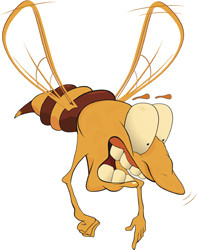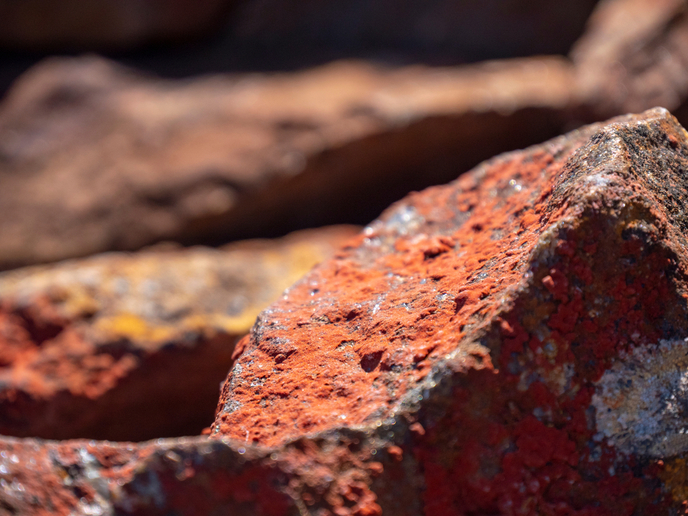Why spiteful wasps attack their own kind
Spite is one of four behaviours recognised as part of social evolution (the others being selfishness, altruism and mutualism), and it is the most difficult to understand. Certain social insects such as the parasitic wasp Copidosoma floridanum display spiteful behaviour by attacking genetically identical siblings. The EU-funded project 'The adaptive nature of spiteful behaviour' (SPITE) investigated how relatedness in various groups of C. floridanum influenced spiteful behaviour. C. floridanum lays one male egg and one female egg into the egg of a butterfly (the host species), from which multiple clones of each gender grow. These clonal offspring divide into an aggressive soldier caste and a reproductive caste, and soldiers often attack and kill competing clones (with identical genetic makeup). Importantly, male genomes come directly from the mother while females get their genetic makeup from both male and female parents. Project researchers tested how intra-brood relatedness affected aggression by adjusting the relatedness of the parents. They showed that soldiers showed higher aggression to more related reproductive siblings, but never attacked soldiers of the opposite sex. This shows that spiteful behaviour encourages genetic diversity and limits relatedness in this naturally inbred species. These project findings enhance our understanding of spite as an evolutionarily conserved behaviour.







